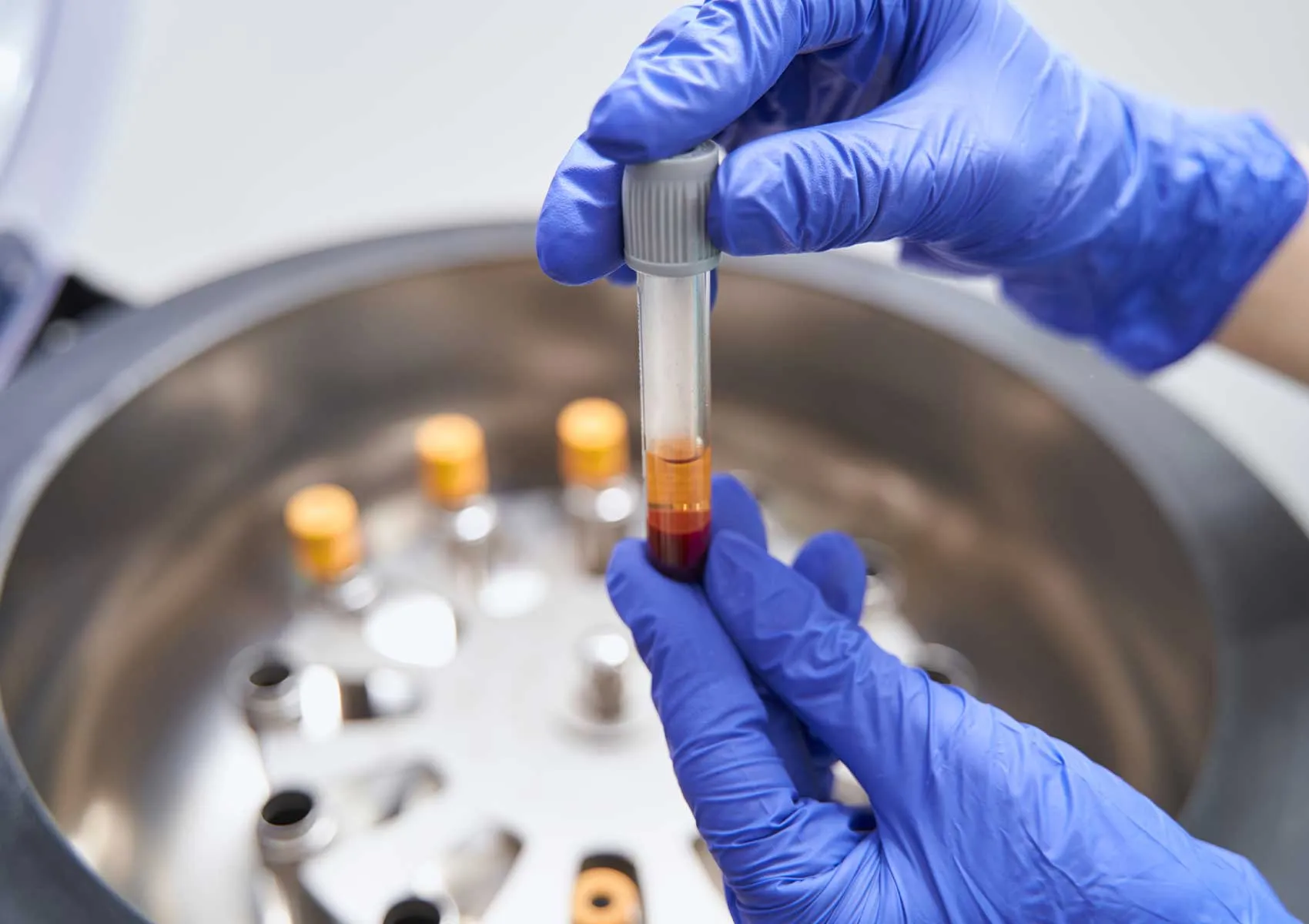What Is the Scientific Basis of PRP?
Platelet Rich Plasma (PRP) is a treatment method used in many fields, from sports injuries to orthopedic disorders. This article thoroughly examines the biological effects, scientific basis, and effective applications of PRP.
Platelet Rich Plasma (PRP) has gained significant popularity in recent years, especially within orthopedics and sports medicine, as a biological treatment method. It involves processing the patient’s own blood to concentrate platelets (thrombocytes) and injecting this platelet-rich plasma into damaged tissues. But what scientific evidence supports PRP, and why is it preferred in clinical applications?
Platelets are well known for their role in blood clotting; however, they also contain a multitude of growth factors and cytokines. These bioactive molecules stimulate cell proliferation, tissue regeneration, angiogenesis (the formation of new blood vessels), and have anti-inflammatory effects, playing a critical role in the tissue repair process. The primary objective of PRP therapy is to enhance and accelerate the body's innate healing mechanisms.
The composition and preparation techniques of PRP can vary, but typically the platelet count is expected to be increased by 3 to 5 times compared to baseline levels. Among the most commonly recognized biologically active molecules are PDGF (Platelet-Derived Growth Factor), TGF-beta (Transforming Growth Factor-beta), VEGF (Vascular Endothelial Growth Factor), IGF (Insulin-like Growth Factor), and EGF (Epidermal Growth Factor). These factors promote cell migration during tissue repair, reduce inflammation to support healing, and regulate extracellular matrix synthesis.
Scientific studies have evaluated the effects of PRP particularly in cases of cartilage damage, tendon injuries, and chronic inflammatory conditions of the musculoskeletal system. For example, research has shown that PRP reduces inflammation and strengthens tendon structure in sports-related tendon injuries and recurrent tendonitis. Moreover, PRP shows promising healing acceleration effects in orthopedic pathologies such as femoroacetabular impingement, meniscus tears, and gluteus medius tears.
Nevertheless, there are scientific reservations regarding the effectiveness of PRP therapy. The heterogeneity of clinical studies, the use of different protocols, and the scarcity of large-scale, placebo-controlled trials make it challenging to establish PRP as a definitive standard treatment for all conditions. However, current literature supports considering PRP as an alternative or complementary treatment option following first-line conservative therapies, especially in managing sports injuries and chronic tendon problems.
The success of PRP treatment can vary depending on the application technique and the patient's overall condition. Post-treatment reports often indicate decreased pain and functional improvement in joint or soft tissue healing processes. Side effects are generally minimal because autologous blood is used, reducing the risk of allergic reactions or immunological complications.
In summary, PRP therapy facilitates the effective local delivery of biological growth factors to tissues, supporting cell regeneration. Its application areas are expanding in orthopedics and sports injuries, and ongoing research is focused on optimizing preparation techniques, dosage, and frequency of application to enhance its efficacy.
FAQ
-
What is PRP therapy and how is it prepared?
PRP is prepared by drawing the patient’s own blood, which is then processed through a special centrifugation technique to increase the concentration of platelets. This plasma rich in growth factors is injected into damaged tissues to support the healing process.
-
In which orthopedic conditions is PRP used?
PRP is particularly used as an effective treatment for tendon injuries, meniscus lesions, cartilage damage, sports injuries, and chronic inflammation.
-
What are the side effects of PRP?
Since PRP uses autologous blood from the patient, side effects are rare and typically mild. The risk of infection, allergy, or tissue damage is minimal. The most common complaints are mild pain and tenderness at the injection site.
-
Does PRP therapy guarantee a complete recovery?
PRP supports tissue healing but does not guarantee definitive or rapid results in every case. Success depends on factors such as the treatment protocol and the patient’s condition.
-
How long does it take for PRP to show effects?
Effects generally begin within weeks after the application. The healing duration varies depending on the condition and may require weeks to months of supportive treatment.

